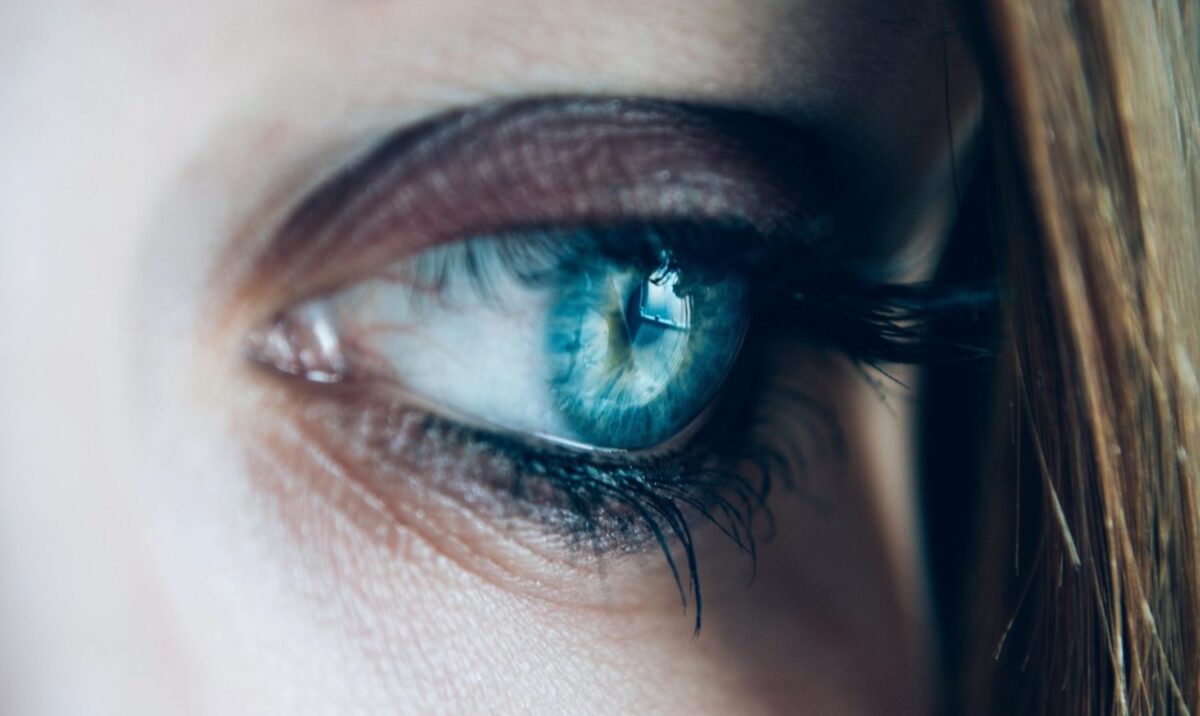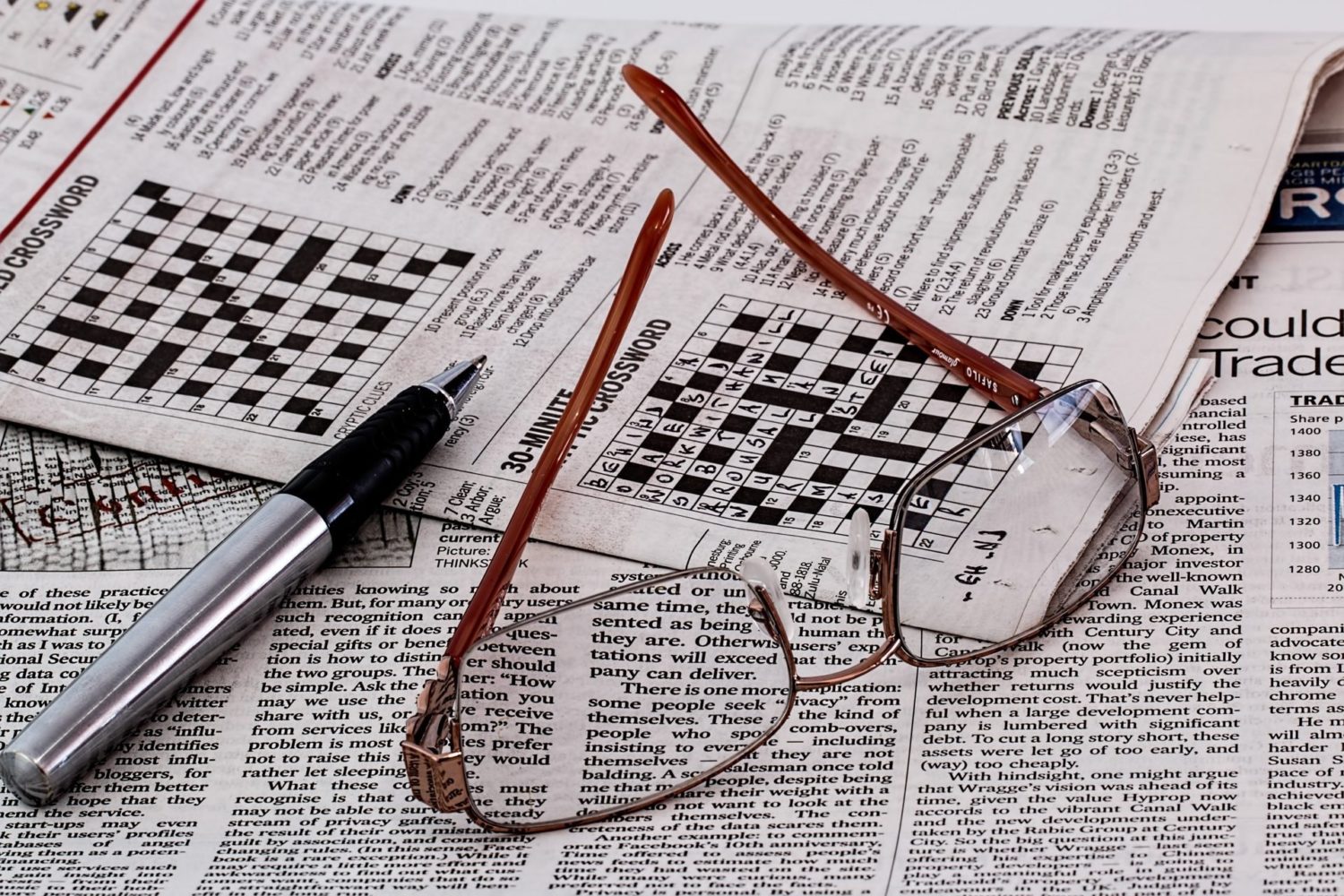
How Perception Affects Us: The Pathways and Types of Perception
How does perception affect us? Perception is our sensory experience of the world around us. This involve recognizing environmental stimuli and the actions that are responses to those stimuli. Perception is key to gaining information and understanding the world around us. Without it, we would not be able to survive in this world filled with stimuli surrounding us. This is because perception not only molds our experience of the world but allows us to act within our environment. To learn more about the cognitive ability of perception and how perception affects us, read more below!
Perception plays a pivotal role in your five senses: being able to touch, see, taste, smell, and hear. It is involved in proprioception, which is a set of senses that detect changes in body positions and movements. Also, perception plays a role in the cognitive processes that are required for the brain to process information, like recognizing the face of someone you know or detecting familiar scents.
How Does Perception Work?
How does perception affect us? The process of perception is a series of steps that begins with the environment which leads to our perception of a stimulus, and then an action is generated in response to that stimulus. What is amazing is that this process is continual and is happening all the time, even when you’re not aware of it. Our brains take in plenty of stimuli from the environment, from the food we are tasting to the feel of the keypad we are typing on to even the birds chirping across our windows. This process takes place many times unconsciously and automatically, like when light falls on your retina and converts it into an actual image that your brain can comprehend. What the brain does in this system of perception is take in important stimuli and adapt to repetitive, unnecessary stimuli so that we are not overwhelmed with every single sensation occurring around us.

How Perception Affects Us
The steps involved in the perceptual process are:
1. The Environmental Stimuli
This is everything in our environment that has the potential to be perceived. It could include things to be seen, touched, tasted, smelled, heard, or even received by our proprioceptive senses.
2. Transduction
These signals are then taken in from your sensory organs and then converted into messages that can be interpreted by the brain.
3. Neural Processing
While being transduced, the electrical signals follow a particular pathway depending on what signal just came in (like an auditory signal or a visual signal). Many of the neurons in your body are interconnected in their own complex maps. The electrical signals that pass through these neurons are propagated from the receptor cells to the brain.
What are the areas of the brain?
4. Perception
Here is where we get down to business. During the perception stage, we actually perceive and consciously become aware of the stimulus object that has affected us from our environment.
5. Recognition
This is where we interpret and give meaning to those environmental stimuli. Whereas perception involves us becoming aware of a stimulus present, recognition is when we actually understand that stimulus.
6. Action
As a final result, we take some sort of action in response to that environmental stimulus. Most of the time, the action phase depends on some type of motor activity that occurs in response to the perceived and recognized stimulus. This could involve a variety of actions, like turning your head when someone calls your name, chewing and swallowing your food after tasting it, and even running toward a person in distress.
How Perception Affects Us: Types of Perception
1. Depth and Spatial Perception
This is the ability for a person to perceive distance. It is extremely important for one to discern distances in the real world, like the distance between me and another person and the space between objects. Included in depth/spatial perception is the ability to perceive moving objects, like vehicles driving on roads. Factors like first, second, and third dimensions come into play in our understanding of depth perception.
Spatial perception is possible due to certain cues in our environment that help us to understand the distance between multiple objects in space. These cues are of two types:
a. Monocular Cues
These are cues that can operate with the aid of only one eye. Some of them include linear perspective, which is how we can tell if objects are close or far away. Images of objects that are far away appear smaller to us. Aerial perspective is when objects nearer to us appear clearer than distant objects. Interposition is when one object obstructs our view of another so that the object in front appears nearer than the partially covered one. Gradient structure is when the regions of objects closer to the observer have a coarse texture with plenty of details, while the objects further away from us become finer and finer.
b. Binocular Cues
These are cues that can only work with the function of both eyes. The two binocular cues are retinal disparity and convergence/divergence. Retinal disparity occurs when the image of the object that falls of both retinas is different. This happens more often when objects are closer than further away. Convergence/divergence of the eyeballs takes place when the object moves nearer and nearer to our eyes so that our eyeballs converge and when the object moves away from us, the eyeballs diverge.

How Perception Affects Us
2. Movement Perception
We understand when objects are in movement because particular objects appear in different places at different times. This is a natural process that we learn since birth. It is only through this ability that an individual can understand the world around him or her and perceive dangers or threats in movement, which is key for survival.
In a phenomenon called apparent motion, we perceive objects as moving when really they are stationary. It becomes an illusion then, as we perceive objects that are not moving to in fact be moving. An example of this is when we are moving fast on a bus or a car and the trees, plants, and houses we pass by appear to be moving in the opposite direction. Obviously, those objects are not moving, but we perceive them as indeed in motion.
Another cool example of this is movies we watch, or what used to be called “moving pictures.” The movement of the figures in films appear to be moving, but they really are not. What movies really are are a real of film pictures moving very, very fast to produce a movement feeling known as stroboscopic motion or the phi phenomenon. It is the same case for moving-picture booklets, where the artists flips through the edges of a book and it gives the appearance of activity from the drawings.
3. Form Perception
This is the ability to recognize objects in a particular form within a certain environment. According to Gestalt psychologists, different laws govern how we perceive different patterns within space.
The law of proximity holds that when we perceive a collection of objects, we will see objects close to each other as forming a group. This also affects how we view pictures and films. If you were to magnify pictures on a computer screen to a large depth, you would see pixels forming the picture together. When we look at one complete image, we don’t see each individual pixel; rather we see it as one whole object based on the law of proximity.
The law of similarity states that elements will be grouped perceptually if they are similar to each other. Color plays a big role in this grouping. Think again to the pixels that make up a photograph. Looking closely, the pixels in one area are all similar or closely related shades of the same color to make up that one element of the image.

How Perception Affects Us
The law of figure-ground captures the idea that when we perceive a visual field, some objects take a prominent role (the figures) while others recede into the background. For example, if you were getting a picture taken of yourself near a lake with beautiful hills and mountains behind you, then you would be the central figure of the photo, while the water, mountains, sky, and other scenery would be the ground.
The law of closure holds that when we capture objects that are not complete, we perceptually close them up so that we perceive shapes in a picture that are not actually there. A classic example of this is aligning three pac-man, incomplete circles into a pyramid and then using your perception to sense the triangle that they form, although no triangle is physically present in the picture.
How Perception Affects Us: Factors Affecting Perception
Perceptual Learning
Based on past experiences, special training, and knowledge of specific stimuli, each of us learns to emphasize certain sensory inputs and to ignore others. For example, if I am working on an assignment in my office that is due soon, my sensory apparatus is more aware of the work that is in front of me, like the computer screen, the keypad I am typing with, or the pen that I am holding, rather than focusing on the “tick-tock” sound of the clock right next to me. This is because I have been trained for years to place priorities on the immediate work in front of me rather than extenuating stimuli. Experience is always the best teacher for many perceptual skills.
Mental Set
This refers to how mentally prepared you are to receive some sensory input. Expecting specific stimuli keeps one prepared with fantastic attention and concentration. For example, if I am riding the one of the New York City subways, then I am more attentive to the rustling sound of the train approaching rather than the huge amount of noise that is coming from people playing music, children crying, and other nefarious sounds.

How Perception Affects Us
Motives and Needs
The things you want and need will most certainly influence your perception. An example of this is a hungry person at a conference. Since he is extremely hungry, he is more likely to perceive caterers coming into the hall to set up food in the dining area than others might be. It is very difficult for his attention to be directed toward other important issues until his hunger is satisfied
Cognitive Styles
It is thought that people differ in the ways that they process information, with each of us having our own unique ways of responding to stimuli. All individuals will react to variable situations in their specific way. One thought is that people who are flexible and athletic are more attentive to external stimuli of pressure and force and they are less influenced by internal needs and motives.














